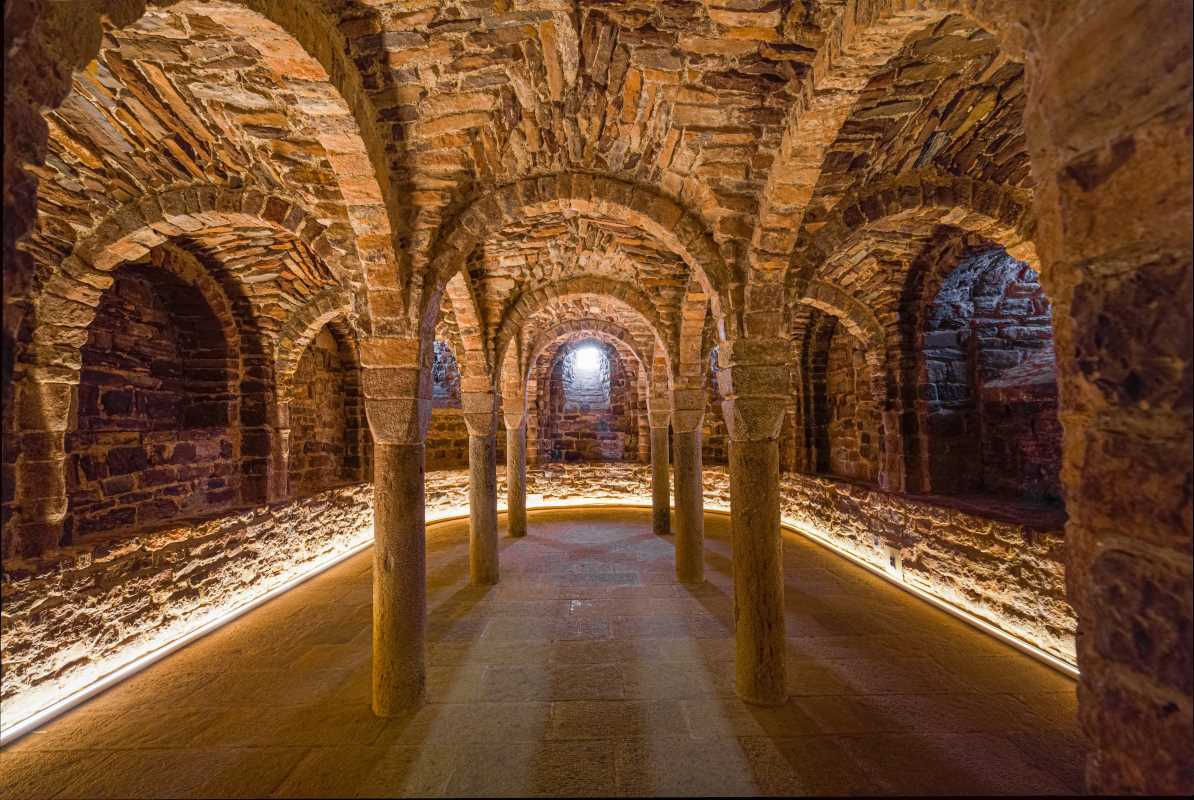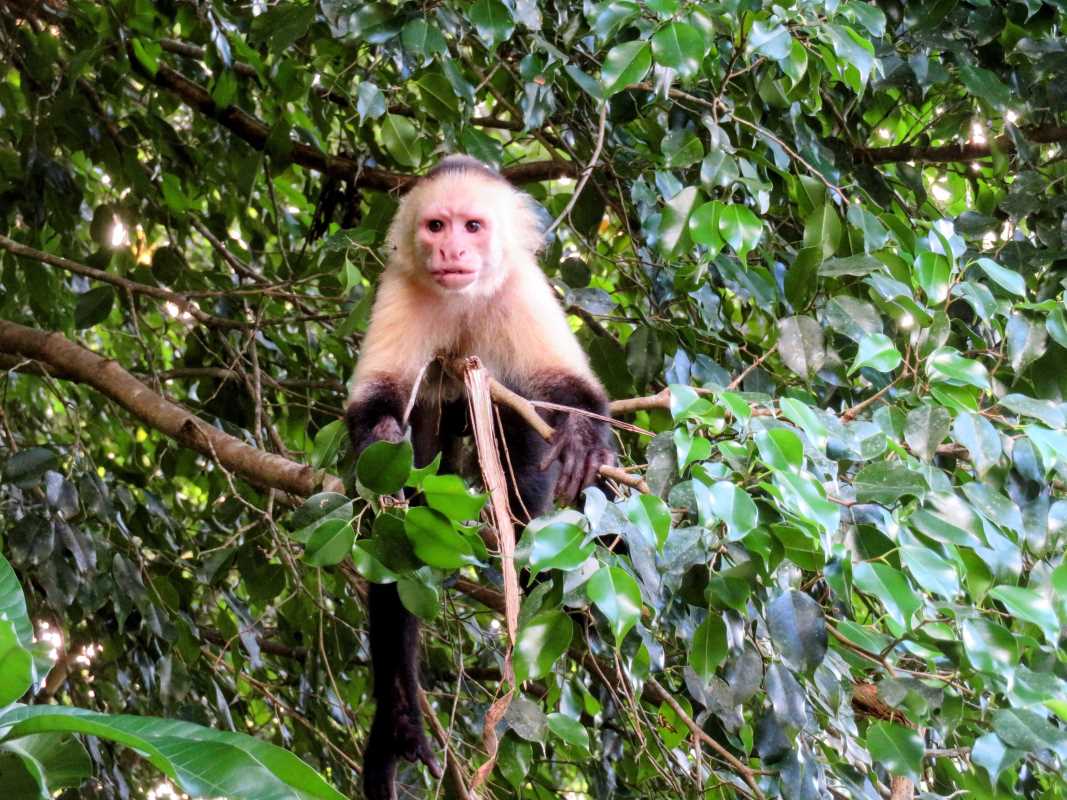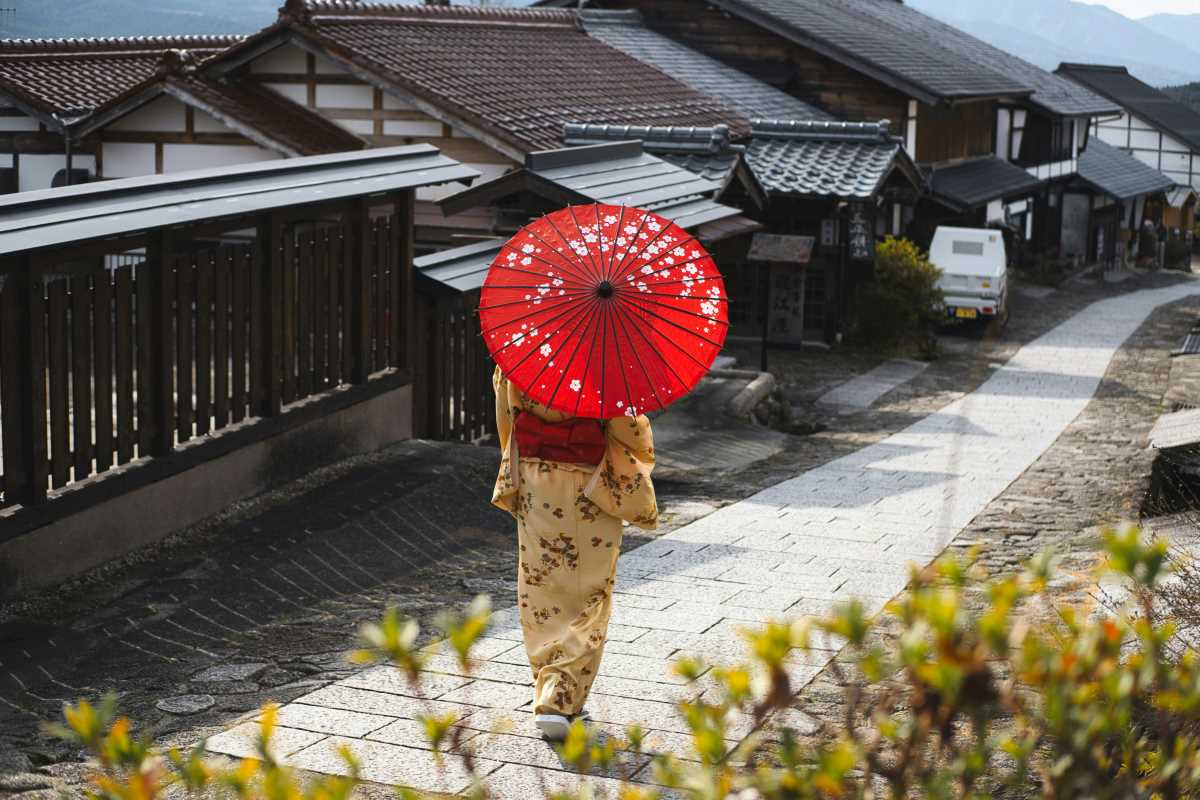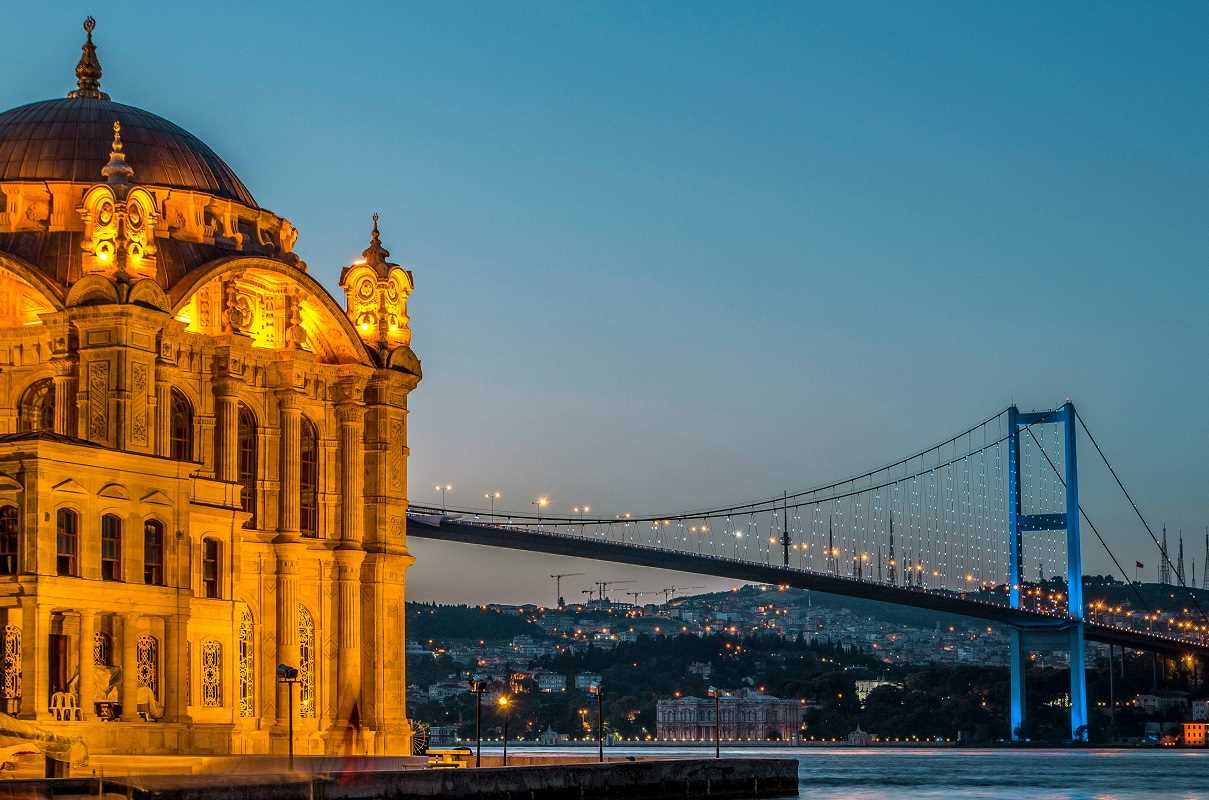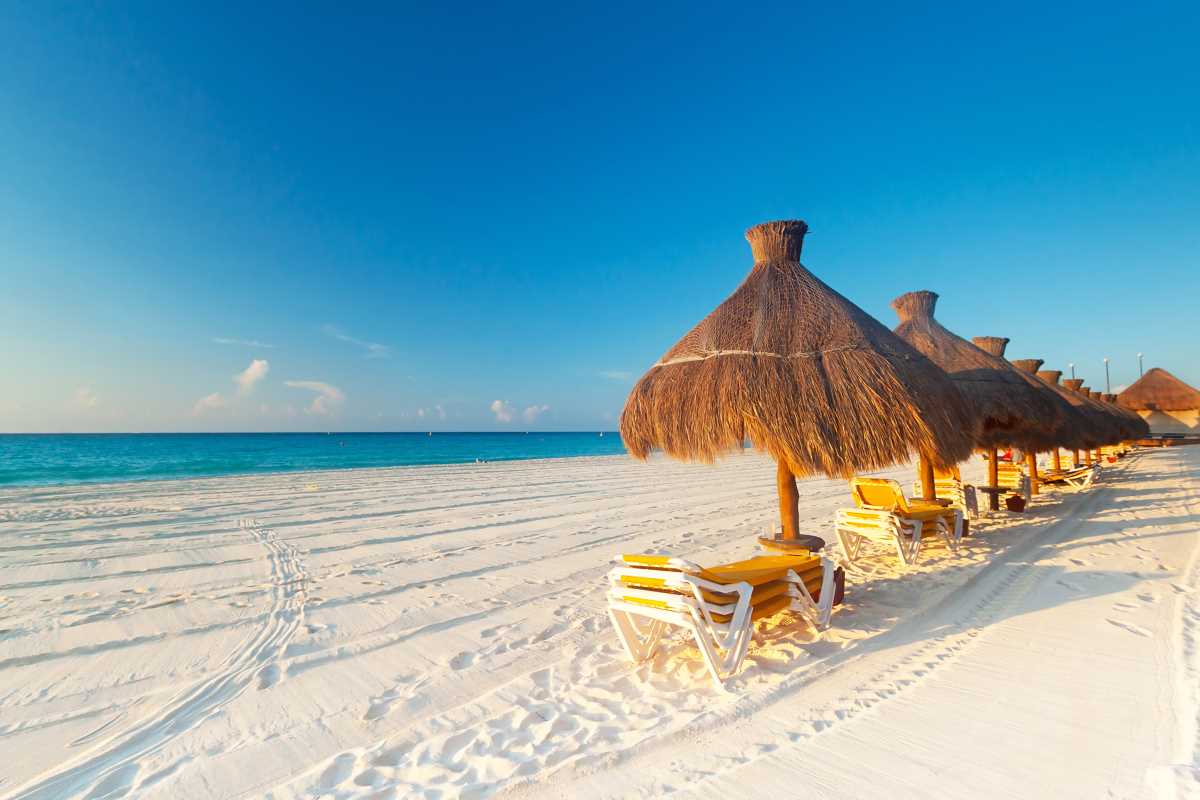The Amazon Rainforest, often referred to as the "lungs of the Earth," is one of the most biologically diverse and ecologically significant regions in the world. Spanning across nine countries in South America, this natural wonder is a vibrant ecosystem that plays a crucial role in the global environment. Join us as we explore the rich wildlife, unique plants, and fascinating facts that make the Amazon Rainforest a true marvel, while also recognizing the pressing threats it faces and the steps we can take to protect it.
The Amazon River – The Lifeline of the Rainforest
At the heart of the Amazon Rainforest is the mighty Amazon River, a crucial artery that sustains the rich biodiversity of the region. Stretching over 4,000 miles, the Amazon River is the second longest river in the world and the largest by water volume. It carries more water than the next seven largest rivers combined, making it essential for the region’s ecosystems.
Interesting fact: The river basin supports not only the rainforest's flora and fauna but also countless communities that depend on its waters for transportation, food, and livelihoods. The Amazon River is home to various species, including the pink river dolphin and the fearsome piranha, contributing to the region's unmatched diversity.
Flora and Fauna – A Symphony of Diversity
The Amazon Rainforest is often described as a living museum of biodiversity. It is home to an astounding number of species, with estimates suggesting that over 400 billion individual trees representing more than 16,000 species thrive within its borders. From towering kapok trees that rise above the canopy to delicate orchids that add splashes of color, the plant life is awe-inspiring.
Fun fact: The Amazon is home to 10% of the world’s known species, including 427 mammal species, 1,300 bird species, and 40,000 plant species. Iconic animals such as jaguars, sloths, and harpy eagles roam the rainforest, while millions of insects, many of which remain undiscovered, help maintain the delicate ecological balance.
The dense vegetation provides a sanctuary for rare and endangered species. For instance, the Amazon harbors the poison dart frog, known for its vibrant colors and toxic skin, and the elusive jaguar, one of the largest big cats in the world. The interconnectedness of the species, from the insects that pollinate flowers to the predators that regulate populations, makes the Amazon an extraordinary example of ecological harmony.
Medicinal Plants – Nature’s Pharmacy
For centuries, indigenous communities have relied on the Amazon Rainforest's plants for medicinal purposes, using the natural resources around them to treat illnesses and maintain health. Modern science is now catching up with this ancient knowledge, as pharmaceutical companies continue to discover valuable compounds derived from Amazonian plants.
Fascinating fact: It is estimated that 25% of modern pharmaceuticals are derived from plants found in rainforests, and the Amazon remains one of the most promising areas for discovering new medicines. Plants like the cinchona tree, which provides quinine for treating malaria, and the cat’s claw vine, used in traditional medicine to treat inflammation, offer insight into the vast untapped potential of the rainforest.
However, with deforestation threatening this rich biodiversity, many plant species are at risk of disappearing before their medicinal properties are fully explored.
Threats to the Amazon – A Call to Action
Despite its immense value to the planet, the Amazon Rainforest faces unprecedented threats. Deforestation, driven by agriculture, logging, and mining, is rapidly eroding large swaths of the forest. Climate change further exacerbates these challenges, leading to longer dry seasons and more frequent fires, which accelerate the destruction.
Urgent fact: Every minute, an area of the Amazon Rainforest equivalent to the size of a football field is lost due to deforestation. This alarming rate of deforestation not only threatens the flora and fauna but also disrupts global climate patterns by reducing the forest’s ability to sequester carbon dioxide.
Conservation efforts are more critical than ever, as the Amazon Rainforest plays a vital role in regulating the Earth's climate, producing oxygen, and absorbing carbon dioxide. Protecting this ecosystem is essential for combating climate change and preserving the world’s biodiversity.
Indigenous Communities – Guardians of the Rainforest
For millennia, indigenous communities have lived in harmony with the Amazon Rainforest, using sustainable practices that allow them to thrive without depleting the forest’s resources. These communities possess a deep understanding of the forest's ecosystems and have been instrumental in protecting it from unsustainable exploitation.
Noteworthy fact: There are over 350 different indigenous groups living in the Amazon Rainforest, many of whom depend on the forest for food, shelter, and medicine. Their traditional knowledge and cultural practices are integral to the preservation of the forest, and many indigenous groups actively participate in conservation efforts to safeguard their ancestral lands.
Ecotourism – Exploring Responsibly
Ecotourism presents a sustainable way to experience the Amazon Rainforest while contributing to its preservation. Visitors who choose reputable ecotourism operators can explore the wonders of the rainforest with minimal environmental impact, while also supporting local communities.
Ecotourism fact: Responsible tourism not only raises awareness about the importance of the Amazon but also provides economic incentives for conservation. Ecotourism can be a powerful tool in the fight against deforestation by providing income to communities that might otherwise rely on destructive industries such as logging or mining.
A Precious Ecosystem Deserving of Protection
The Amazon Rainforest is one of the most remarkable ecosystems on Earth, offering unmatched biodiversity and playing a critical role in maintaining global environmental balance. From its vibrant wildlife and unique plant species to the invaluable knowledge of indigenous communities, the Amazon is a treasure trove of natural wonders. However, the threats of deforestation and climate change make it clear that action is needed to protect this irreplaceable ecosystem. Through conservation efforts, responsible tourism, and supporting indigenous rights, we can help ensure the survival of the Amazon for generations to come.
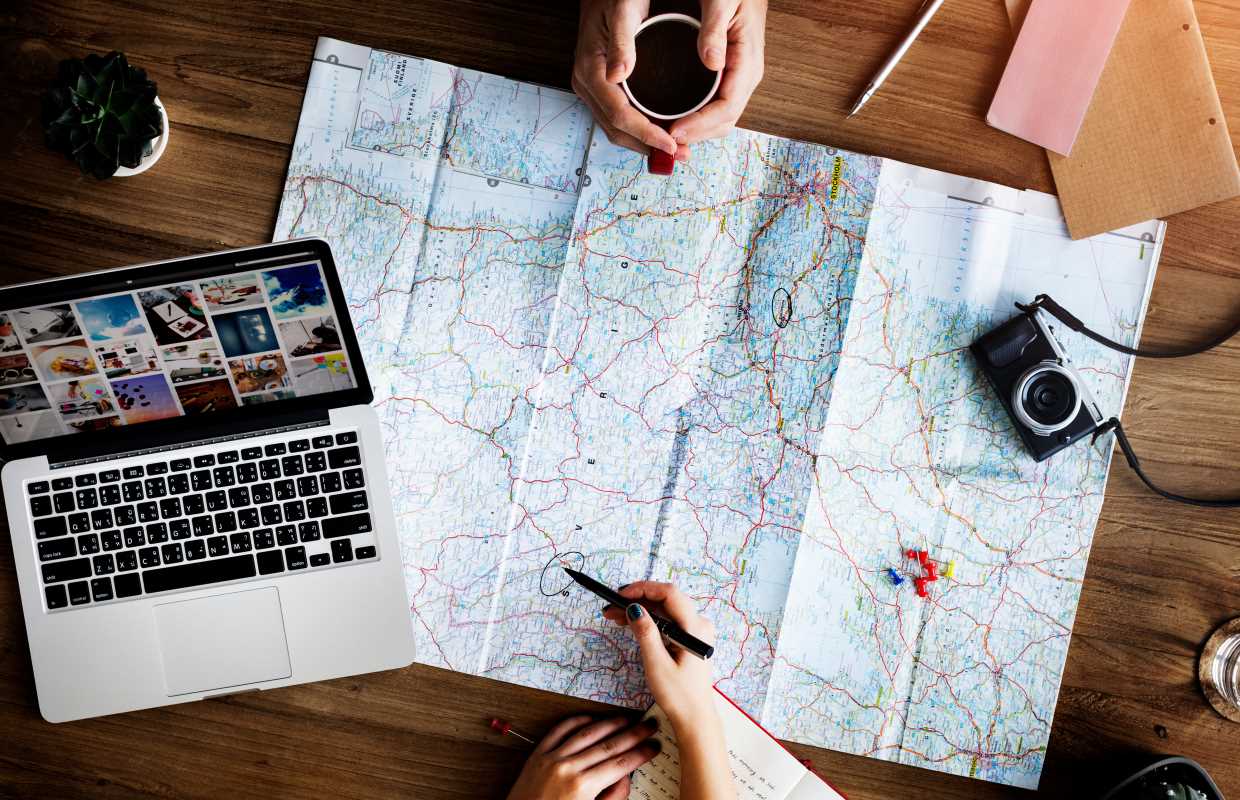 (Image via
(Image via
